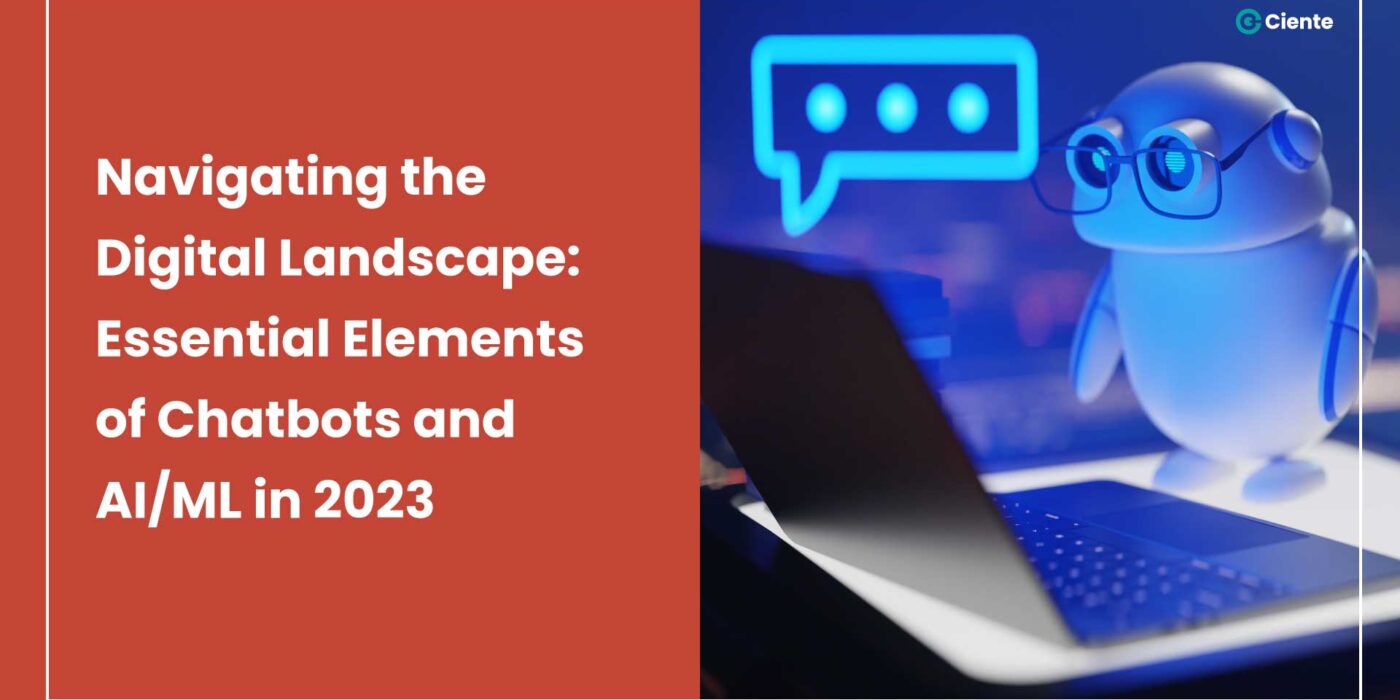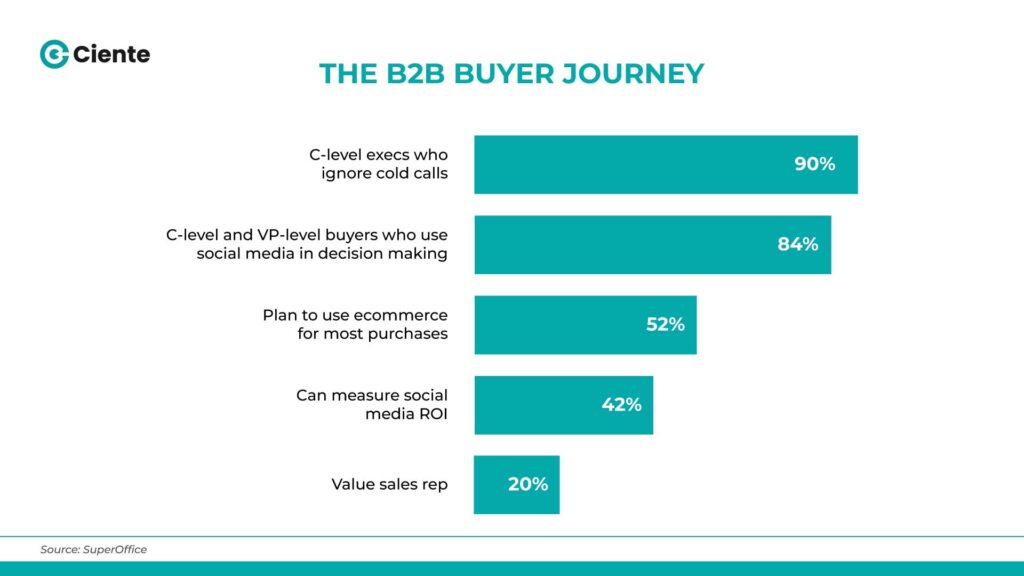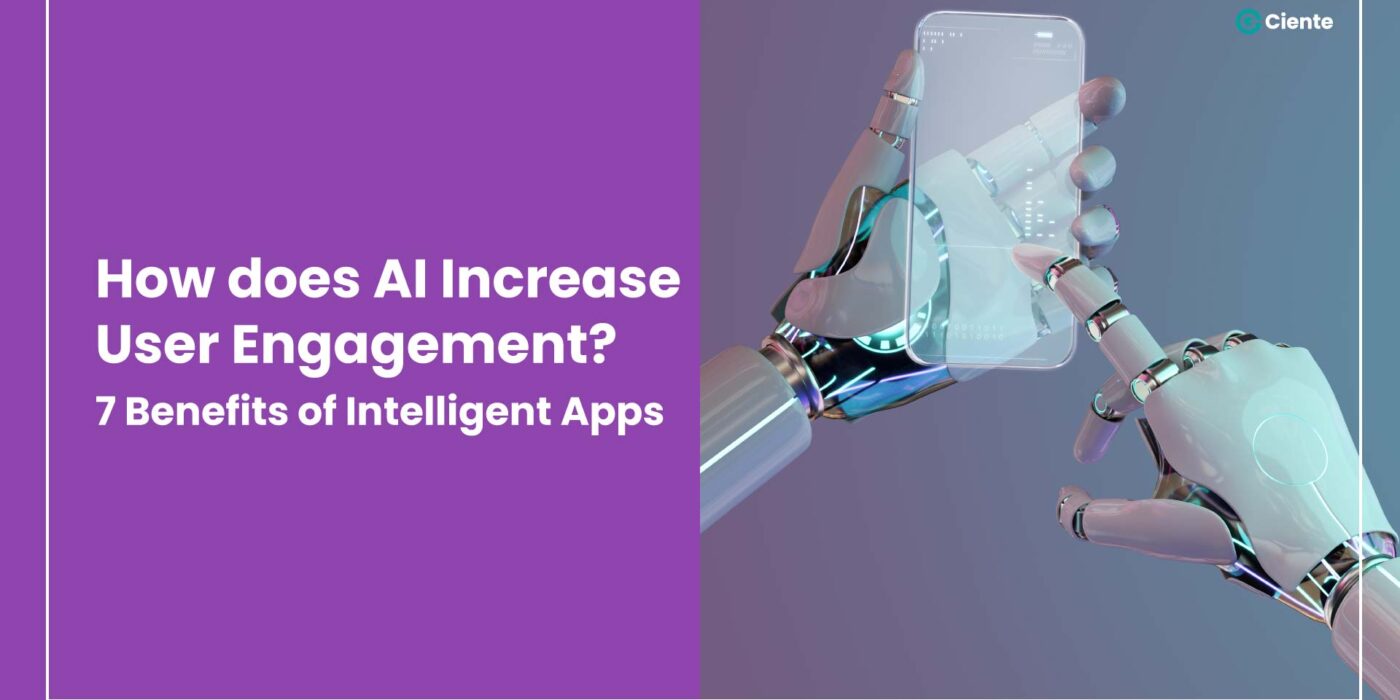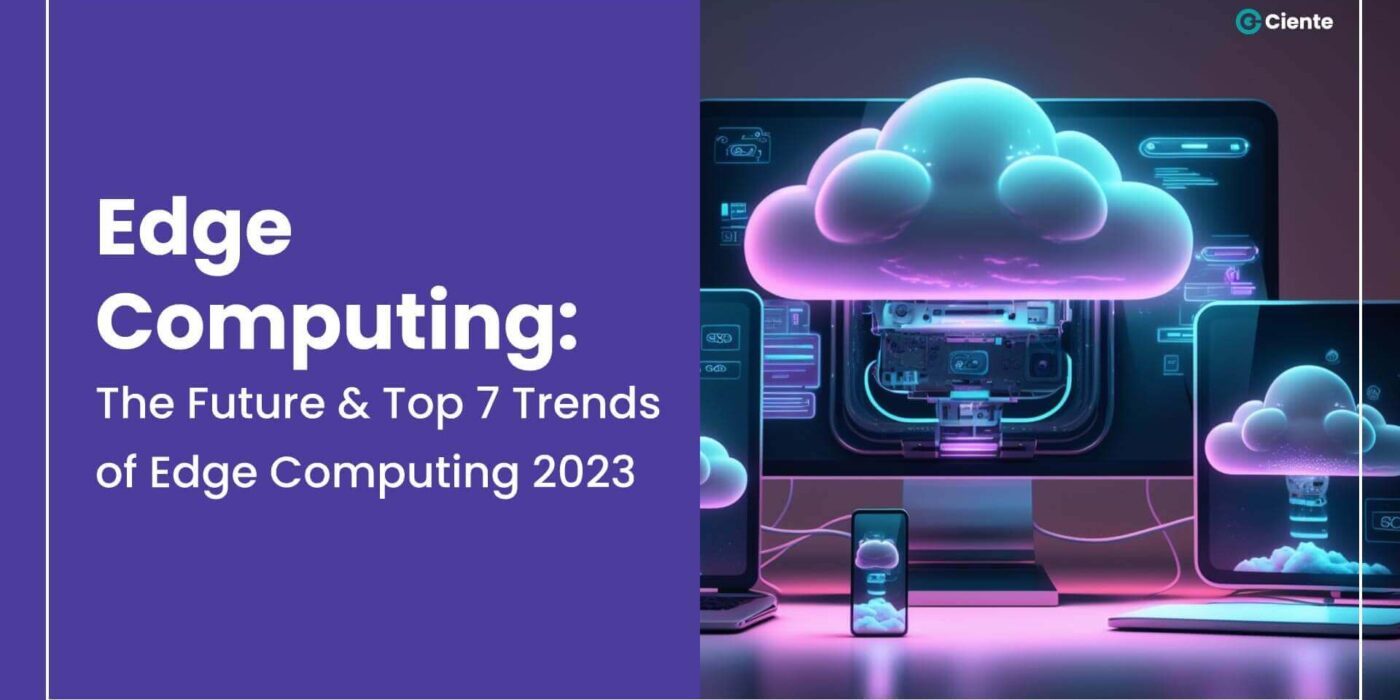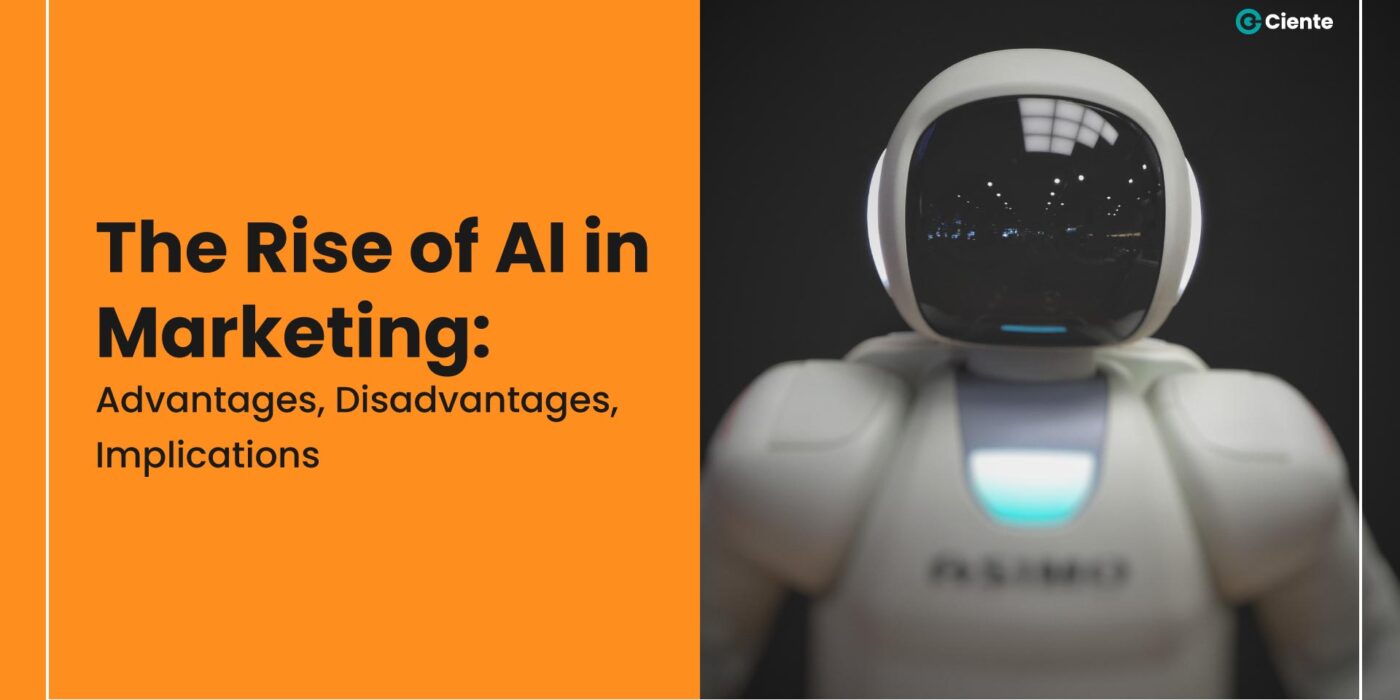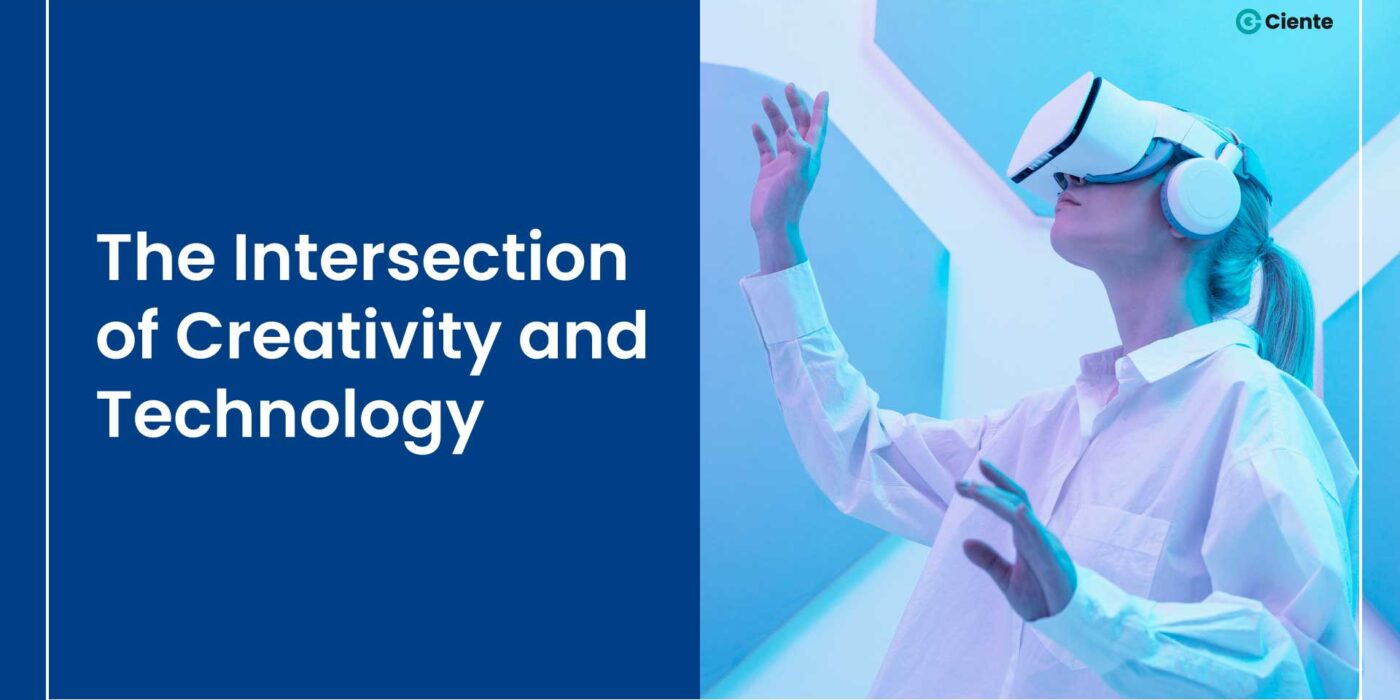Navigating the Digital Landscape: Essential Elements of Chatbots and AI/ML in 2023
Discover the transformation of chatbots in the era of AI, as they evolve from simple rule-based systems to sophisticated human-like digital assistants.
We’re living in an era where it’s all about the fast-forward. In the dynamic sphere of digital evolution, chatbots powered by conversational AI have become not just a fad but a non-negotiable in customer service, marketing, and sales strategies across diverse industries. As artificial intelligence (AI) and machine learning (ML) technologies continue to evolve, they revolutionize the way chatbots communicate and engage with customers. In this article, we will talk about the indispensable elements of chatbots and AI/ML in 2023.
Chatbots and AI
AI-Powered Evolution in Chatbots
The term ‘chatbot’ is more than a digital buzzword; it represents a new era in our interaction with technology. Chatbots, inherently AI-powered software, are designed to engage in conversation with humans in their natural language. Their domain of influence has grown exponentially, covering a multitude of digital platforms such as websites, social media, and messaging apps.
The projected growth of the chatbot market is expected to exceed $1250 million by 2025, showcasing a substantial expansion with an estimated annual increase of approximately $200 million this year.

Over the years, the capabilities of these chatbots have undergone a remarkable transformation. Unlike their rudimentary predecessors, which were largely rule-based and offered only predefined responses, the contemporary chatbots leverage the prowess of advanced AI, making their interactions increasingly intricate and human-like.
This leads us to the concept of ‘AI chatbots’. These sophisticated systems utilize cutting-edge AI technologies, including natural language processing (NLP) and machine learning, enabling them to understand, learn from, and react to user inputs.
Today’s AI chatbots have moved past the simplistic construct of preordained responses. They now understand the nuances of context, can respond to sentiment, and are capable of managing free-flowing conversations that closely mimic human interaction. This evolution in AI technology has reshaped the functionality of chatbots, transforming them into digital reflections of our own conversational intellect.
Deconstructing the Chatbot: A Peek Under the Hood
At first glance, chatbots might seem fairly straightforward, but a closer look reveals a different story. Beneath the surface, these digital allies hide an intricate complexity that rivals modern supercomputers. Chatbots are designed with a single goal in mind— to make human interaction feel as natural and spontaneous as possible. This goal is achieved through the strategic integration of various technologies that allow chatbots to understand, respond, and learn from human interactions. So, what’s really inside a chatbot? Let’s talk about it in detail.
The Conversation Engine: Chatbot’s Pulse
Every chatbot has its own pulse, a beating heart that powers its functionality— the conversation engine. This component is typically fueled by Natural Language Processing (NLP), a branch of AI that allows chatbots to understand and interpret human language. This integral part manages a sequence of complex tasks: it breaks down user inputs into understandable parts, deciphers the user’s intent, and finally converts the system’s response into a conversational, human-like dialogue. This engine is the heart of a chatbot, enabling it to establish meaningful and efficient interactions with users.
The field of Natural Language Processing (NLP) is experiencing rapid growth within the Artificial Intelligence market. Statista’s projections suggest that by the year 2028, the NLP market is expected to surpass a staggering value of 127 billion U.S. dollars.

Machine Learning Algorithms: Chatbot’s Cerebral Power
Chatbots do more than just comprehend and respond to human language. They learn from every interaction and grow smarter over time. This remarkable ‘learning’ aspect is facilitated by another key component— Machine Learning algorithms. Serving as the ‘brain’ of the chatbot, these algorithms process data from past interactions to enhance future responses.
Depending on the sophistication of the bot, machine learning models for chatbots can range from simple decision trees to complex neural networks. Regardless of the complexity, the goal remains constant: to enable the chatbot to deliver increasingly accurate and relevant responses over time.
User Interface: Chatbot’s Persona
The user interface (UI) is the ‘face’ of a chatbot. It’s the first thing users interact with and is essentially the persona of the chatbot. The UI can vary from a simple text interface to an advanced interface featuring dynamic multimedia content. The challenge of crafting a perfect UI lies in ensuring it is user-friendly, intuitive, and responsive. It should facilitate clear communication, easy navigation, and quick access to essential features, thereby enhancing the user experience.
Database: Chatbot’s Treasure Trove
A robust database acts as the ‘memory’ of a chatbot. It is the treasure trove where all user inputs and bot responses are stored. This information is invaluable to a chatbot as it forms the basis for the learning data that fuels ML algorithms. A well-maintained database not only aids the learning process of the bot but also helps in maintaining a record of past interactions, which can be crucial for providing context in ongoing conversations.
Integration Capabilities: Chatbot’s Extensions
A chatbot is as good as its network. It needs robust integration capabilities to be efficient. These capabilities allow chatbots to connect and communicate with other systems and platforms. They can pull the necessary information from these connections, which enhances the bot’s utility to the user. Whether it’s fetching weather data from an external API or retrieving user information from a CRM system, a chatbot’s integration capabilities enable it to function effectively in different environments.
AI/ML in 2023: Unraveling the Future of Intelligent Automation
Artificial Intelligence (AI) and Machine Learning (ML) are like the mythical creatures of our technological landscape, always a step ahead, leading us into a new era of intelligent automation. As we move further into 2023, these beasts of innovation continue to break boundaries and redefine the realm of possibilities. From self-driving cars to personalized shopping experiences, and advanced healthcare diagnostics to smart home devices, AI/ML is embedded so deeply in our everyday lives that it has become almost invisible.
AI/ML Proliferation Across the Spectrum
The proliferation of AI/ML across industries has been nothing short of a technological boom. In healthcare, it has been instrumental in streamlining operations, predicting diseases, and enhancing patient care. In finance, AI/ML is changing the game by automating operations, managing risk, detecting fraud, and providing personalized services to customers. Even in retail, AI/ML is being used to understand customer behavior, predict trends, manage inventory, and provide personalized shopping experiences.
AI/ML Supercharging Chatbot Capabilities
Chatbots and AI/ML share a symbiotic relationship. AI/ML has played a pivotal role in enhancing the capabilities of chatbots. In 2023, chatbots have moved far beyond simple, rule-based systems to become intelligent digital assistants that understand context, manage complex conversations, and provide personalized responses.
Through machine learning, chatbots learn from each interaction, refining their responses to improve over time. AI-powered sentiment analysis enables chatbots to understand the underlying emotions of users and respond empathetically, providing a more human-like interaction.
conclusion
AI/ML in 2023 continues to be at the vanguard of technological innovation, shaping the way we live, work, and interact with the world around us. As we continue to explore the potential of these technologies, the possibilities seem limitless, offering a glimpse of an exciting and intelligent future. Here’s to our journey in this brave new world— may it always be driven by curiosity and wonder!

